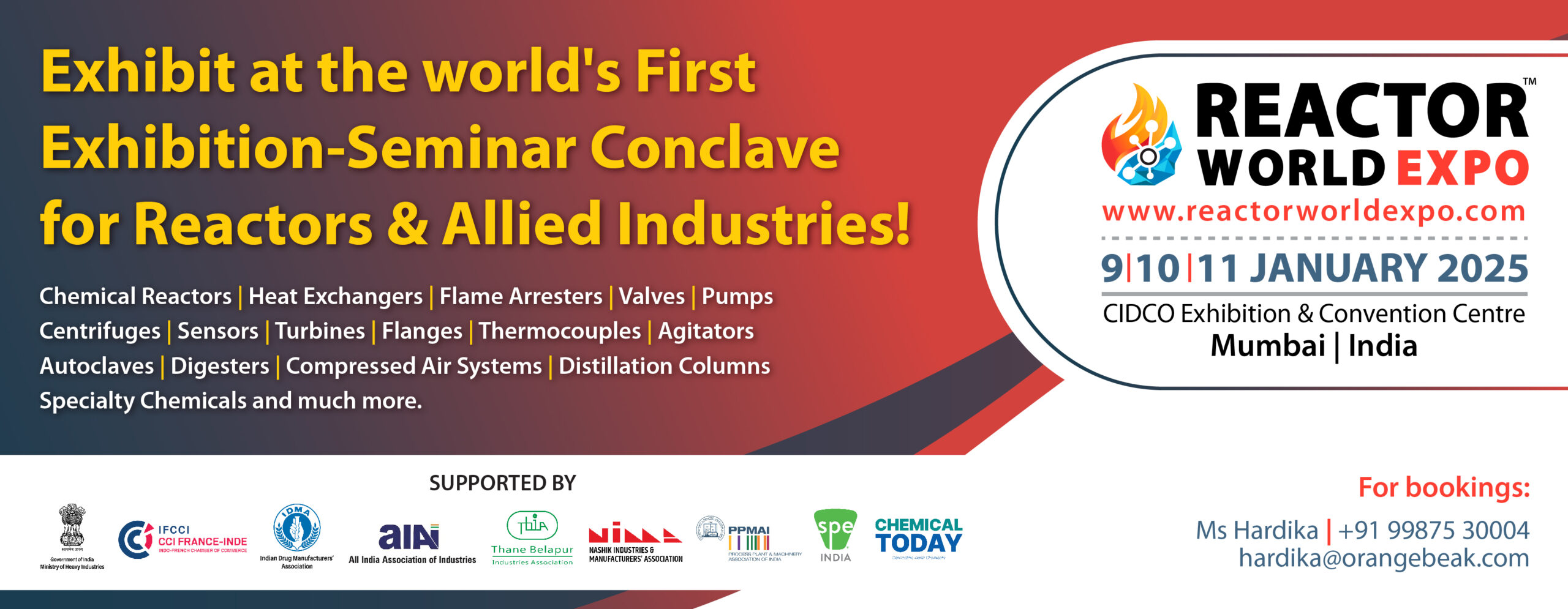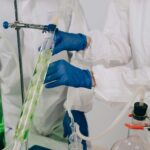Introduction
Climate change is a defining challenge of our era, and the need for innovative solutions to combat rising carbon dioxide (CO2) levels in the atmosphere has never been more pressing. In the realm of chemical engineering, an exciting and forward-thinking research idea is taking shape: Sustainable Direct Air Capture (DAC) of Carbon Dioxide. This pioneering research aims to design and develop processes that are not only energy-efficient but also environmentally friendly, with the potential to revolutionize our approach to climate change mitigation.
The Urgency of Carbon Dioxide Removal
As the consequences of climate change become increasingly apparent, there’s a growing recognition that reducing CO2 emissions is just one part of the equation. To address the carbon debt we’ve accumulated, we need technologies that can actively remove CO2 from the atmosphere. This is where Direct Air Capture comes into play.
DAC is a technology that directly captures CO2 from the air, offering the promise of negative emissions – removing more CO2 from the atmosphere than is emitted. However, for DAC to become a viable solution, several challenges need to be addressed, primarily related to energy efficiency and environmental sustainability.
Research Objective: Designing Sustainable and Energy-Efficient DAC
The core objective of this innovative research is to advance the development of DAC systems that are sustainable, energy-efficient, and economically viable. Here’s how this research is poised to achieve that goal:
1. Advanced Materials for Enhanced Capture:
The heart of DAC lies in the materials used for CO2 capture. Researchers are delving into the realm of novel materials, such as solid sorbents, liquid solvents, and other innovative adsorbents. These materials possess high CO2 capture capacities, rapid kinetics, and the potential to operate efficiently at lower energy inputs. This not only enhances the efficiency of DAC systems but also reduces their environmental footprint.
2. Innovative Reactor Designs:
Reactor design plays a pivotal role in DAC efficiency. Researchers are exploring new reactor designs that maximize the contact between CO2 in the air and the capture material. This approach enhances the overall efficiency of CO2 absorption, minimizing energy consumption and operational costs.
3. Renewable Energy Integration:
One of the most exciting aspects of this research is the integration of renewable energy sources. By harnessing solar, wind, or other green energy sources, DAC systems can become carbon-neutral or even carbon-negative. This not only reduces the environmental impact but also aligns DAC with broader sustainability goals.
4. Co-Capture of Multiple Pollutants:
To further enhance the environmental benefits, researchers are exploring the potential for DAC systems to co-capture other pollutants from the atmosphere. This includes pollutants like sulfur dioxide and nitrous oxides, which can be detrimental to air quality and public health. The co-capture of these pollutants reduces the overall environmental impact of DAC.
5. Utilization of Captured CO2:
The research extends beyond mere CO2 capture; it’s about what we do with the captured carbon. Sustainable DAC processes open up avenues for utilizing the captured CO2 in the production of valuable products. This can include synthetic fuels, chemicals, and even construction materials. In essence, it creates a circular carbon economy, reducing waste and creating economic incentives for DAC deployment.
The Expected Outcomes
What can we expect from this pioneering research?
Energy-Efficient DAC Systems: The development of DAC systems that capture CO2 from the atmosphere with minimal energy input. This reduction in energy consumption significantly improves the environmental profile of DAC technology.
Cost-Effective Solutions: Research aims to make DAC a cost-effective technology, one that can be deployed at a large scale. Cost-effectiveness is a critical factor in the viability of DAC as a solution for climate change mitigation.
Environmental Benefits: Sustainable DAC processes provide a two-fold environmental benefit. They remove CO2 from the atmosphere, helping combat climate change, and co-capture other pollutants, enhancing air quality and public health.
Carbon Utilization: The captured CO2 isn’t seen as a waste product but as a valuable resource. Utilizing it for the production of various products adds an economic dimension to DAC deployment, making it a win-win solution for both climate change and industry.
Impact and Significance
The significance of this research goes beyond just DAC technology. It aligns with global efforts to address climate change and offers a glimpse of a future where negative emissions are not just a theoretical concept but a tangible reality.
Moreover, the research contributes to the field of chemical engineering by advancing the development of innovative materials, reactor designs, and renewable energy integration. These advancements are not isolated to DAC but have the potential to revolutionize a broad spectrum of chemical engineering applications, emphasizing the importance of sustainable and energy-efficient processes.
In conclusion, the research into sustainable DAC processes is a beacon of hope in the global fight against climate change. It brings together technology, innovation, and sustainability to create a solution that can have a profound and lasting impact on the world. As we explore this frontier of research, it’s essential to remember that the spirit of innovation and the pursuit of a sustainable future continue to shape the path forward, offering us a chance to mitigate the effects of climate change and build a better world for future generations.















